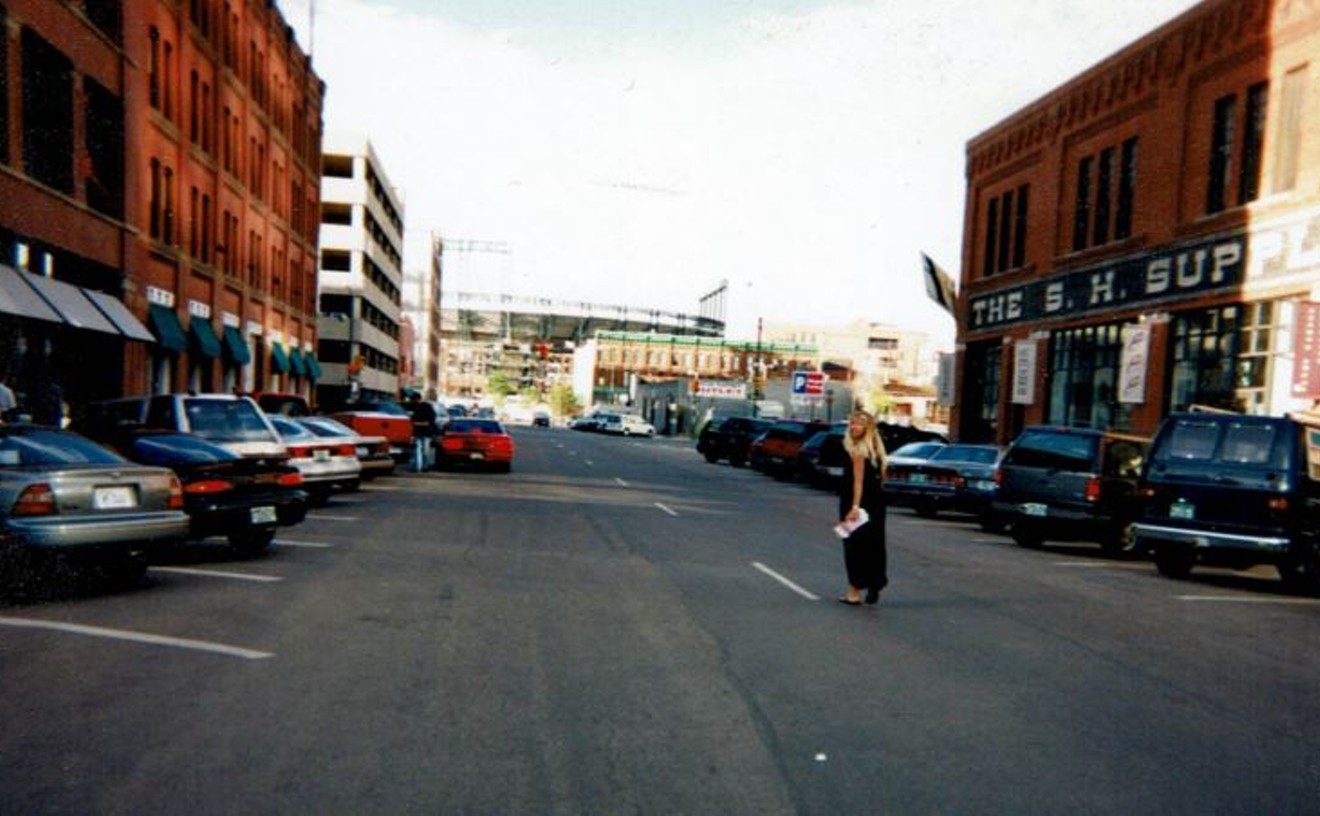When an artist does work that is ahead of his or her time, it usually means the work is under-appreciated or even unnoticed. To some extent, that's what happened to John Haeseler, who, beginning in the 1970s, created pieces that responded to both dada and pop art while addressing social issues — in particular, his own gay identity. So John Haeseler Revisited, at Z Art Department (1156 Speer Boulevard, 303-298-8432, www.zartdept.com), can be viewed as a kind of chaser to PrideFest.
Haeseler was wildly experimental and worked in a variety of mediums, including textiles, painting, drawing and even sculpture in the form of ready-mades that he altered. Some of his work was representational and some of it was abstract or process-based. In these ways, he influenced other significant artists working here at the time, notably Rex Ray (now in California) and Floyd Tunson.
The artist died prematurely in 2007 from complications of diabetes, but he left behind a sizable body of work that includes a major painting in the collection of the Denver Art Museum. That piece shows Haeseler himself — a big man at over six feet and some 300 pounds — being made up as a glamorous woman. The exhibit at Z features a related work, "Gold Judith," from 1989 (pictured). In it, four portraits of the artist are laid on a gold field; 22 years later, it still looks cutting-edge.
Haeseler frequently had himself photographed in drag. But he also liked to alter straightforward portraits of himself with pastels, ink or paint in order to make himself look like a woman — or any number of other individuals, such as the Buddha. He then photocopied the original and would often go in again with more pigments to further add color or otherwise change the mechanically produced images. Finally, the finished pictures were applied to boards that had been painted with color fields.
The show at Z is small and can hardly be called a retrospective, but it is well worth a look before it comes down on July 9.










